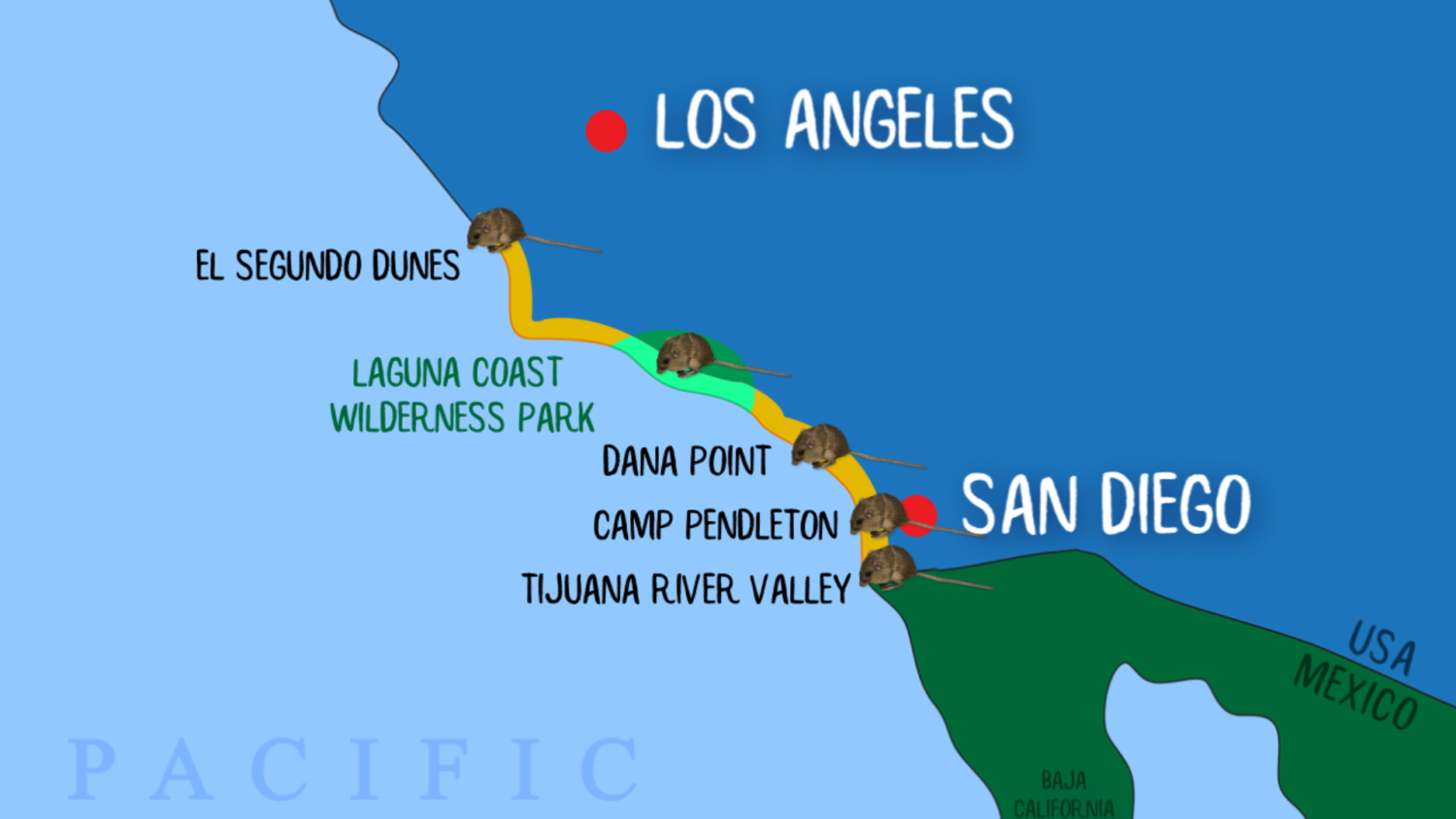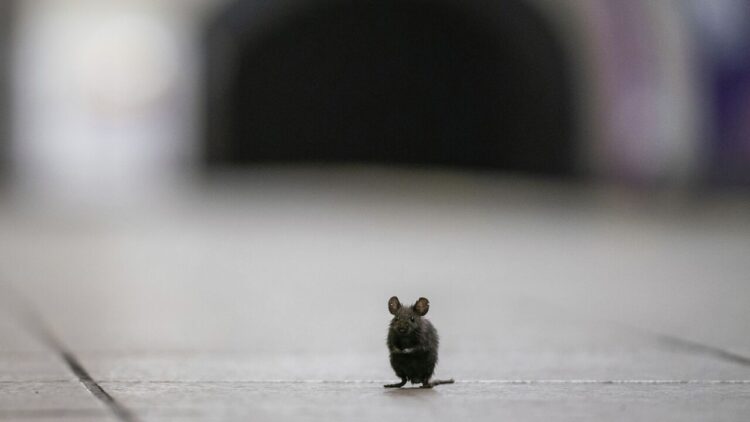A 9-year-old mouse named Pat is now the oldest living mouse
A tiny mouse is proving that even the smallest beings can make a big impact — by cementing his place in the record books.
Pat, a Pacific pocket mouse named after actor Sir Patrick Stewart, has officially been given the title of oldest living mouse in human care by Guinness World Records. Born July 14, 2013, at the San Diego Zoo Safari Park, he arrived during the first year of the organization’s Pacific pocket mouse conservation breeding and reintroduction program.
Pat was 9 years and 180 days old at the time he set the record.
San Diego Zoo Wildlife Alliance says the mouse’s new title is a “a win for all the tiny but mighty — and often overlooked —species around the world that play an important role in their ecosystems.”
Brown Endowed Associate Director of Recovery Ecology at San Diego Zoo Wildlife Alliance Debra Shier, Ph.D., accepted a Guinness World record plaque commemorating Pat’s age on Feb. 8. Shier established and oversees the Pacific pocket mouse conservation breeding program.
“This recognition is so special for our team, and is significant for the species,” Shier said, according to a press release. “It’s indicative of the dedication and incredible care we as an organization provide for each species, from the largest to the very smallest. This acknowledgment is also a symbol of appreciation for species that people don’t know much about because they’re not charismatic megafauna, but are just as critical for ecosystem function. These overlooked species can often be found in our own backyards—like the Pacific pocket mouse.”
While they were once found all the way from Los Angeles to the Tijuana River Valley (near San Diego) in California, human encroachment and habitat degradation have now made the Pacific pocket mouse an endangered species. Weighing about the same as three pennies, the mouse is the smallest mouse species in North America but plays a large role in their ecosystems by dispersing the seeds of native plants and encouraging plant growth.
The pocket mouse is named after its cheek pockets, used to carry food and nesting materials.
Congratulations to Pat and everyone involved in the conservation of endangered species!








